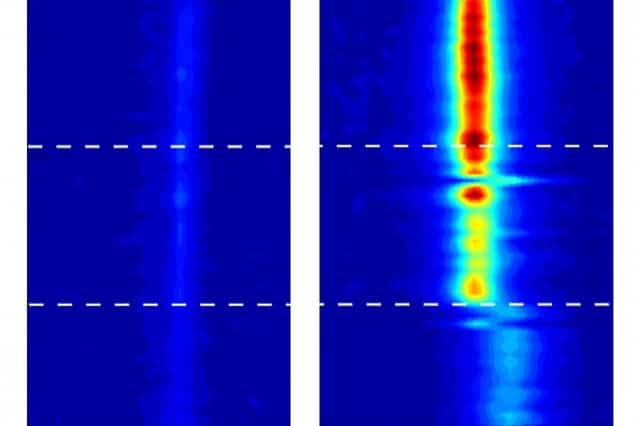A team of researchers comprised of scientists at the NanoScience Center of the University of Jyväskylä, Finland, and at Harvard University, US, have shown through computer simulations a novel technique for generation nanomaterials. The whole process revolves around the extremely simple idea of twisting narrow graphene nanoribbons until they become rolled up into carbon nanotubes, which are 20 times stronger than steel and offer a diverse array of high-tech application – truly one of the most marvelous materials developed by scientists in the past few decades.
The mechanism is trivial, indeed – twisting a ribbon until it becomes a tube. You can check it out for yourself simply by twisting the end strap of your backpack and see what happens. Being a classical mechanism, it renders the same effect both in the macro- and micro-scale. The mechanism also enables experimental control, which has earlier been impossible.

Since their development more than twenty years ago, carbon nanotubes have been described as “rolled-up graphenes”, even though there wasn’t any rolling implied in the manufacturing process. Currently, they’re made by atom-by-atom growth, just like most other nanomaterials available today.
The new technique can be use to make various kinds of novel carbon nanotubes, to encapsulate molecules insides the tubes, or to make tubules from ribbons made out of other planar nanomaterials, opening a new realm of manufacturing possibilities, one that could lead to more affordable nanomaterials.
The results were published in Physical Review B. The research was funded by the Finish Academy.






